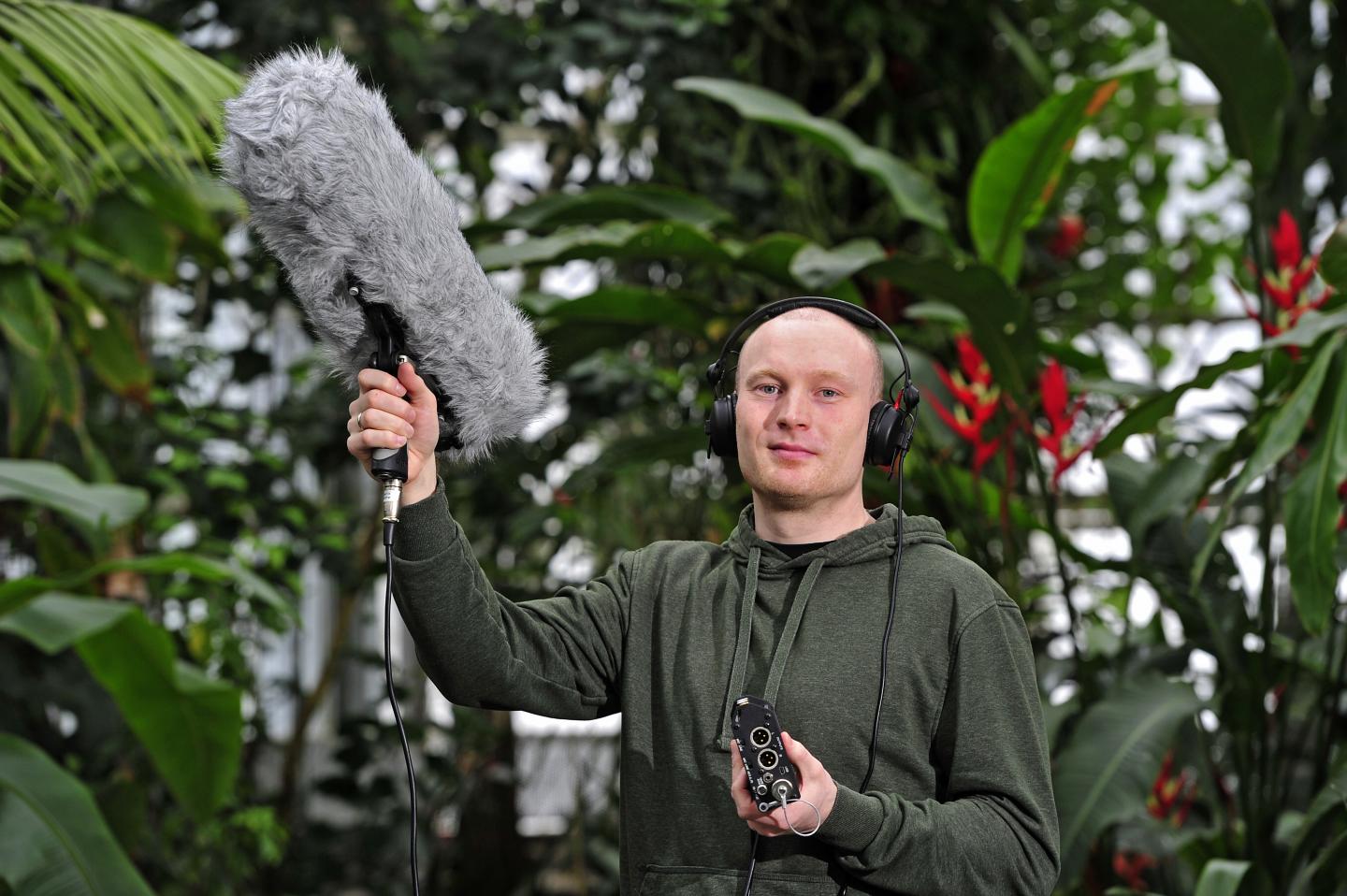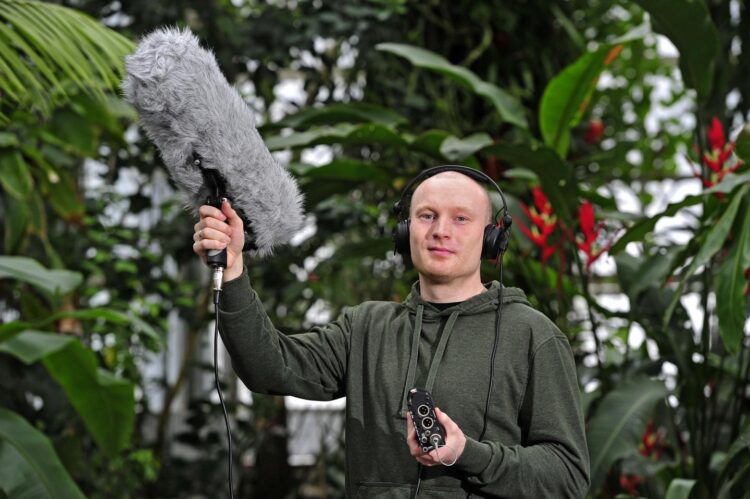
Credit: Sven Gleisberg
“Great app with a certain addictiveness,” writes a user in the Google Play Store about BirdNET. The app was developed by Chemnitz University of Technology and Cornell University (USA) and can identify 3,000 bird species based on their song using an AI algorithm. The app has now been downloaded over one million times from the Google Play Store. With over 5,200 reviews, it has a current score of 4.6 out of 5. “An incredible success,” says Dr. Stefan Kahl delightedly. He is a researcher at the Chair of Media Informatics (headed by Prof. Dr. Maximilian Eibl) and at the Center for Conservation Bioacoustics at Cornell University (USA). He developed the app together with his American colleagues.
After the app was launched in 2018, Kahl’s team counted around 180,000 downloads just one year later with no end in sight. In 2020, the app saw another increase in downloads and accesses, which the researchers attribute to Corona. “Our app provides variety, entertainment, and knowledge in the home environment or during walks in nature – something I’m sure many have longed for,” says Kahl.
Recognizing bird calls is an elaborate process. That’s because the core of the app is an AI-powered algorithm connected to a server at Chemnitz University of Technology. An artificial neural network determines the recorded bird voice when a request is made. Kahl and the team therefore had to ensure that the speed of the app would not suffer as the number of users – and thus search queries – and bird species increased. But Kahl assures us that they succeeded. Among other things, she recently successfully completed a test run with a friendly research team from India. Here, too, the identification rate of native bird species was 80 to 85 percent: “An excellent value. We can hardly increase this, because when recording bird calls outdoors, various ambient noises often play into it,” explains Kahl. But in most cases, the app recognizes the respective bird call without any problems.
The BirdNET app at a glance
- – Automatic recognition of bird calls is based on short audio excerpts
– App displays a visualization of the bird call’s sound wave – users can see what the call looks like
– Based on the audio data, but also on location and date, the app decides whether a particular bird species can be heard.
– Once a species has been identified, details are displayed.
– Observations can be saved and shared with friends.
– Each observation is registered anonymously and evaluated for research purposes.
– Feedback from users is continuously incorporated into the design of the app and the features implemented.
– The app is designed to help people get to know their environment better and, ideally, to increase their ecological awareness.
Can be used worldwide – also thanks to the new iOS availability
The increase in identifiable bird species from 1,000 to 3,000 within three years is significant because the app can now be used worldwide. The research team had initially limited the first phase of app programming to the most common species in Europe and North America. Now, people around the world can identify their native songbirds. Another innovation concerns the app’s platform. BirdNET is now available for iOS devices.
Benefits for ornithological research and environmental awareness
However, the app offers added value not only for leisure, but also for ornithological research: “People who use our app are, so to speak, actively working to improve it. Because if we know where which species are, we can investigate bird migration routes or local dialects,” explains Kahl. In this way, the app also makes a contribution to raising awareness of nature’s biodiversity and to researching it.
Background: BirdNet and privacy
The BirdNET app is designed to be data-saving and to protect the privacy of its users. In order for the app to identify songbirds, audio data must be transmitted. Location data is needed to study the migration patterns and distribution of songbirds. The transmission of this data is completely anonymous. Only a randomly generated device identifier is transmitted. The transmitted data is used exclusively for research purposes. Furthermore, the data will be stored exclusively on servers at Chemnitz University of Technology.
###
Media Contact
Dr. Stefan Kahl
[email protected]
Original Source
https:/





